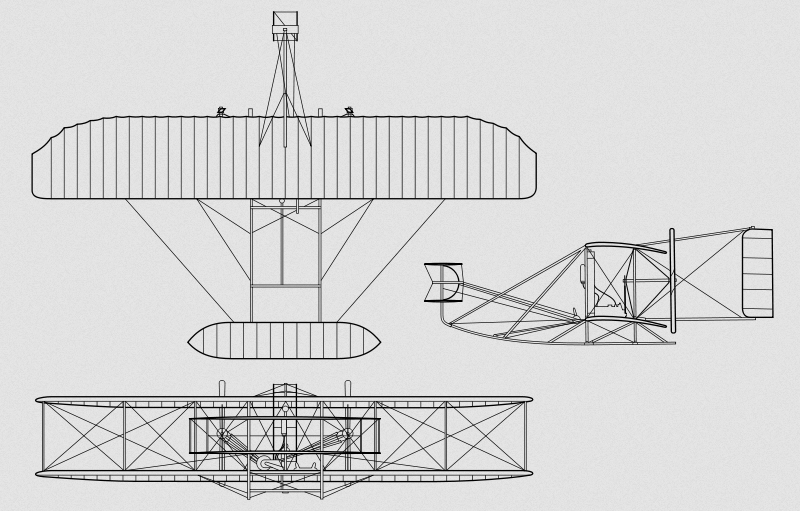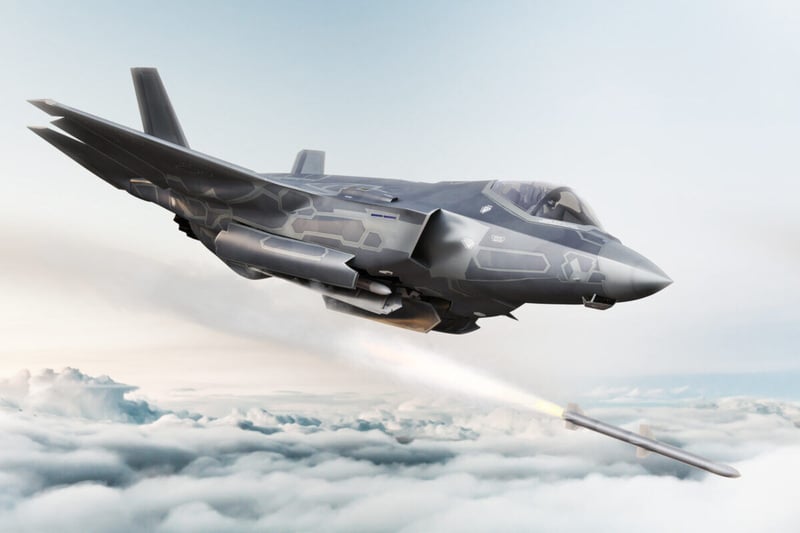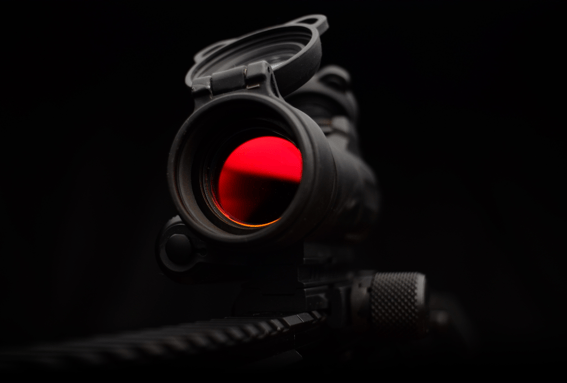A Brief History of Lightweighting in Aviation
Once upon a time, the prospect of flying was thought to be impossible. Luckily, that didn’t stop us from trying. The history of man’s quest to achieve flight extends from kites out of ancient China and drawings from da Vinci to the alleged tale of poor Bladud. Through his questionable pursuit of necromancy, the British prince built wings out of feathers in 852 B.C. and “tried to fly through the upper air…came down…and was dashed into countless fragments.” He checked the curiosity and bold pioneering boxes, but was a couple millennia short of having the right technology to realize the impossible.
A short 2,755 years later, Orville and Wilbur Wright invented, built, and successfully flew the first motor-operated airplane, including aluminum in its construction. Discovered in 1825 by Danish physicist Hans Christian Ørsted, aluminum was useful but expensive. It is reported that Emperor Napoleon III provided his opulent aluminum flatware for only his most important guests in the 1850s. It was also used, at great expense, as the topper to the Washington Monument in 1884, when it cost a whopping $16 per pound.
Bicycle makers by trade, the Wright Brothers enlisted their employee, Charlie Taylor, to design an engine to meet their weight requirements, marking the first time lightweight aluminum was used by those pioneering flight. The Wright Flyer I that made three test flights in Kitty Hawk, North Carolina at an altitude of about 10 feet was still heavier-than-air, but its novel material development became standard in aeronautical work along with the three-axis control system, used on the subsequent Wright Flyer II and Wright Flyer III. In an environment where other experimenters were solving “the flying problem” with more powerful but heavy engines, Wilbur and Orville introduced both lightweighting and pilot control as the ultimate solutions.

Watching weight has always been key to the physics of flight. Most schoolchildren would tell you birds can fly because they have feathers and hollow bones, but the truth is that birds have pneumatized bones that aid with air flow. Bird bones are actually equal in weight to other mammal skeletons of similar size while still being filled with many air sacs because they are denser, suggesting why aluminum was so key to the flight equation. According to research on bird skeletons from the University of Massachusetts Amherst, “maximizing stiffness and strength relative to weight are optimization strategies that are used in the design of strong and stiff but lightweight man-made airframes.”
The Wright Brothers used spruce and ash wood, roller-skate wheels, waxed twine, some steel and aluminum, and a close-weaved fabric. Within a decade, aircraft were also being built with laminated wooden fuselages, soon to become all-metal. The Red Baron flew the famed all-metal Fokkers, and aluminum-covered Junkers were the first all-metal fighter planes as construction began to include aluminum or aluminum alloy and all-metal monocoque structures. Besides strength, metal allowed for better design as well as easier machining, assembly and repair of lightweight parts.

By the late 1930s, aircraft like the Hughes flying boat debuted with Duramold construction, which was lightweight and 80 percent stronger than aluminum. This was soon followed by the introduction of Fiberglass, which was not extensively used until the 1960s. Fiber-enforced resins eventually led to the modern Airbus A350, built of 52 percent carbon-fiber-reinforced polymer.
Lower cost, lighter weight, and of comparable strength, materials with carbon also introduced electro-magnetic shielding and radiation benefits along with the potential for more advanced part designs not possible with other materials. The possibilities were endless – in one case, while working on the F-35 Joint Strike Fighter program, Lockheed Martin discovered they needed an advanced material that was not available – something that could meet the galvanic corrosion and thermal differences required for the F-35 components and not sacrifice on strength. Their innovative Skunk Works® division developed HX5®, a material with half the weight and 93 percent the strength of machined aluminum.

Material options like this have changed aviation’s default to make parts out of traditional metals, improving performance and efficiency while also decreasing emissions, simplifying maintenance and repair, and cutting fuel costs. One study by a global aerospace equipment manufacturer in partnership with a major airline evaluated the replacement of 34 machined aluminum parts on a Boeing 777-300ER, and revealed weight savings of almost 1000Kg, which would achieve up to six percent fuel savings.
With evolving material technology, aircraft continue to improve in areas that will drive the next decade and even century of human flight. New considerations like environmental impact and space radiation have replaced the questions the Wright Brothers and their contemporaries were asking about powerful engines and light materials. Today’s aerospace and now space engineers know how to get in the air better than any dreamers in human history – standing on those shoulders, they have the potential to take this industry higher than ever thought possible.






